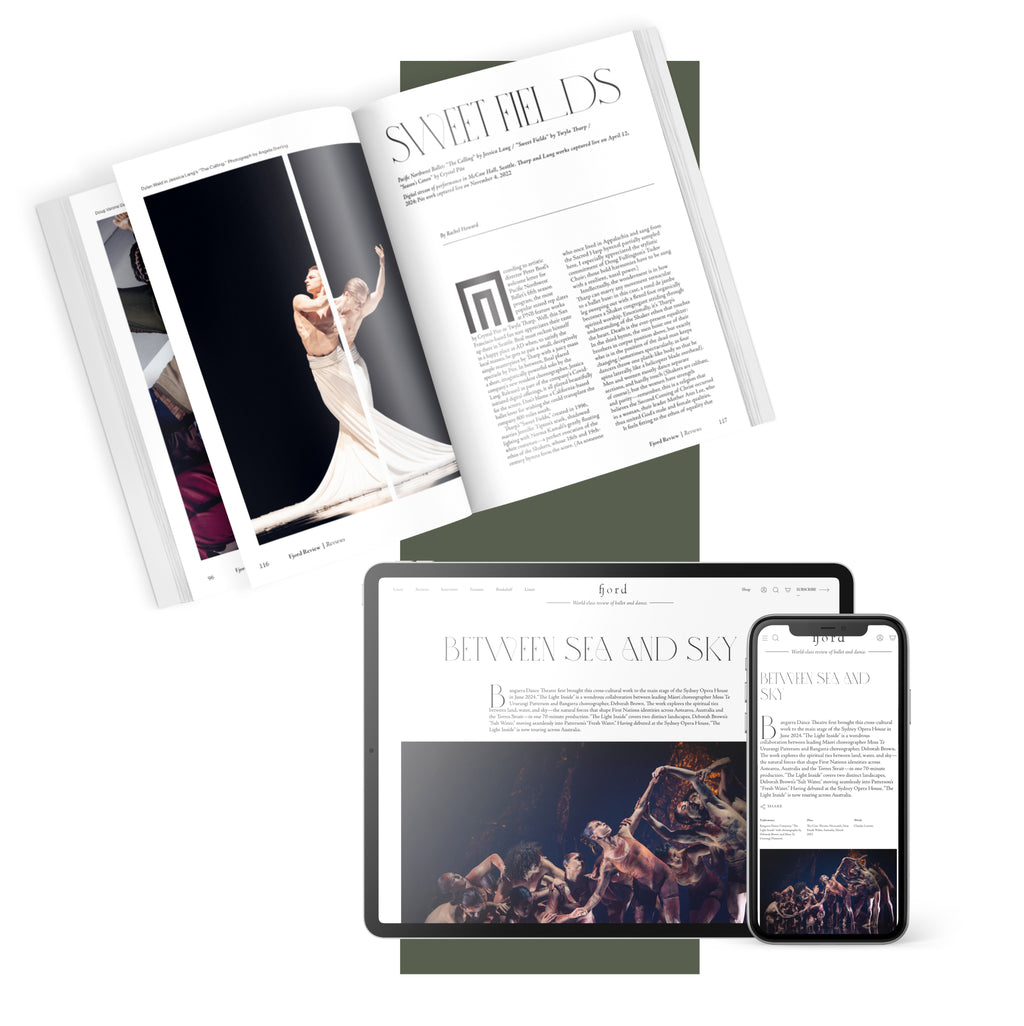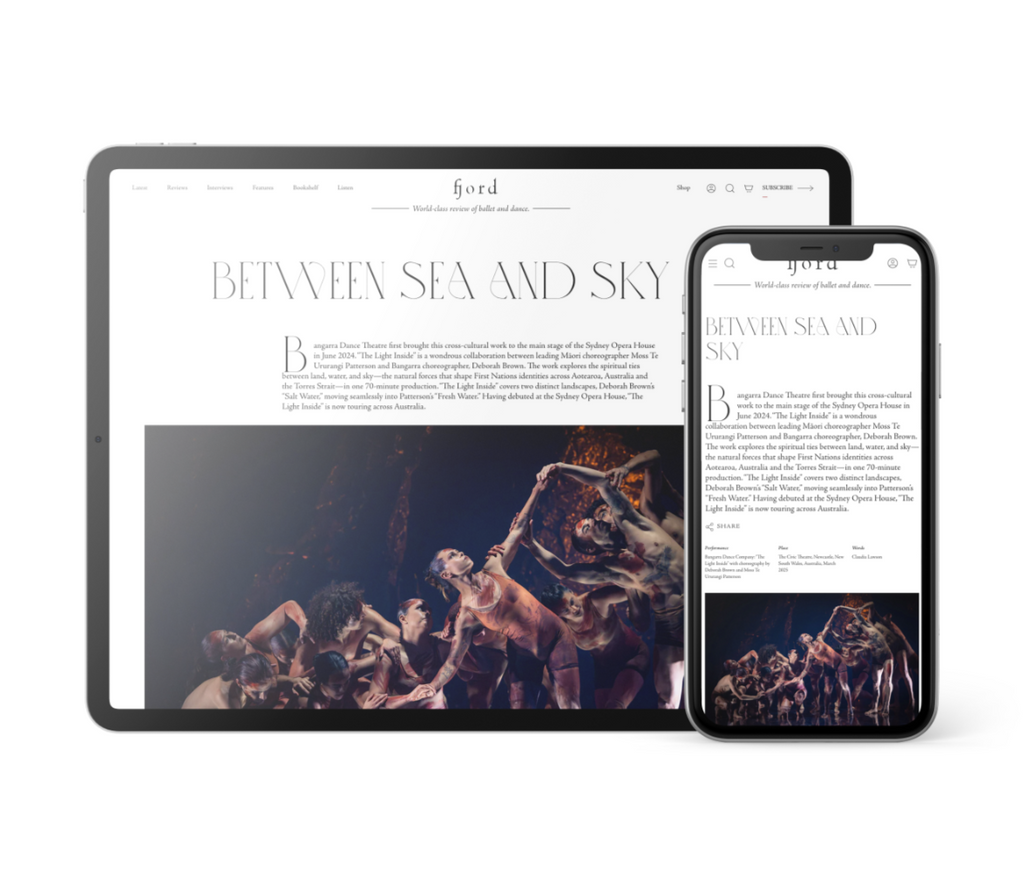Mishima’s Muse
Japan Society’s Yukio Mishima centennial series culminated with “Mishima’s Muse – Noh Theater,” which was actually three programs of traditional noh works that Japanese author Yukio Mishima adapted into modern plays.
Continue Reading
World-class review of ballet and dance.
Tamara Rojo’s ambitious “Raymonda” was the last thing she did at English National Ballet before assuming the directorship in San Francisco three years ago, so it was natural that she would want to bring it here early in her tenure. As the mid-point of an annual season that, due to a mysteriously unchangeable opera house sharing arrangement, is crammed into just four months, this “Raymonda” proved good medicine for the company’s classical chops. I don’t think I’ve ever seen so many briseés and entrechats for the ensemble men in a single show—and everyone on stage looked adrenalized by the collective energy. The dancers at the top of the roster were shining, too, especially Sasha De Sola, who summited a new career peak in the outrageously demanding title role. Whether this “Raymonda” was a success with California audiences, though, remained a mixed question. For all the appreciation of the ballerinas overheard at intermission, more than a few viewers could be caught nodding off during the dream sequence that ends the hour-long first act.
Performance
Place
Words



“Uncommonly intelligent, substantial coverage.”
Your weekly source for world-class dance reviews, interviews, articles, and more.
Already a paid subscriber? Login

Japan Society’s Yukio Mishima centennial series culminated with “Mishima’s Muse – Noh Theater,” which was actually three programs of traditional noh works that Japanese author Yukio Mishima adapted into modern plays.
Continue ReadingThroughout the year, our critics attend hundreds of dance performances, whether onsite, outdoors, or on the proscenium stage, around the world.
Continue ReadingOn December 11th, the Alvin Ailey American Dance Theater presented two premieres and two dances that had premiered just a week prior.
Continue ReadingThe “Contrastes” evening is one of the Paris Opéra Ballet’s increasingly frequent ventures into non-classical choreographic territory.
Continue Reading
comments